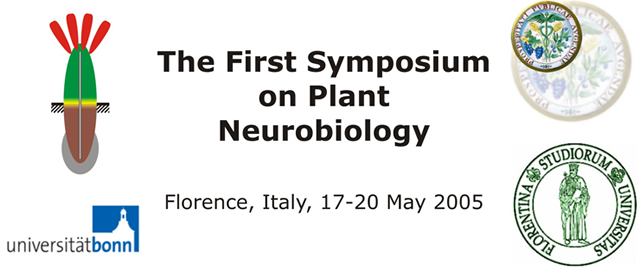|
Myosins are members of an actin-activated family of ATPases. The Arabidopsis genome contains 17
myosin-like genes that belong to classes VIII and XI. Myosins transport various cargoes along microfilaments
and are essential in many physiological processes. They are also components of motor systems responsible for
chloroplast photo-orientation in the cell. It has been established that actin cytoskeleton responds to light
conditions (e.g. in Vallisneria, Mougeotia, Ceratodon). Photoreceptors mediating
chloroplast movements in Arabidopsis thaliana are two phototropins, PHOT1 and PHOT2, members of the
blue light photoreceptor family. They are involved in phototropism, chloroplast movements and stomatal
opening. So far, no evidence has been presented that myosins might be controlled by light absorbed by a
photoreceptor. Myosins of both classes are present on chloroplast surface [1,2] and are believed to
participate in chloroplast translocations in Arabidopsis. The aim of this work was to obtain evidence
that the surface-associated myosins are involved in the mechanism of chloroplast movements, by establishing
whether they undergo changes under the influence of light. Blue light intensities were applied that induce
saturated avoidance and accumulation responses of chloroplasts. The experiments were carried out on mature
lives of Arabidopsis thaliana wild type, first irradiated and then fixed with paraformaldehyde
solution. Myosins were visualized with animal-antibodies: anti-myosin (smooth & skeletal) and secondary
FITC-labeled antibodies. The fluorescence was observed in a confocal microscope. Localization of myosins was
different in the cells irradiated with strong and weak blue light. Myosins were found on the chloroplast
surface in almost all cells irradiated with weak blue light. Strong blue light displaced them from that
surface. The effect was blue light-specific and did not occur in strong red light. We suggest that the
light-induced reorganization of myosins is essential in the mechanism of chloroplast movements and that it is
the final step in the phototropin signal transduction.
- Wojtaszek P,
Anielska-Mazur A, Gabryś H, Baluška F, Volkmann D: Recruitment of myosin VIII towards plastid
surfaces is root cap-specific and provides the evidence for actomyosin involvement in root osmosensing.
Funct. Plant Biol. in press.
- Wang Z, Pesacreta TC: A subclass of myosin XI is
associated with mitochondria, plastids, and the molecular chaperone TCP-1α in maize. Cell Motility
and Cytoskeleton57, 218-232, 2004.
|

